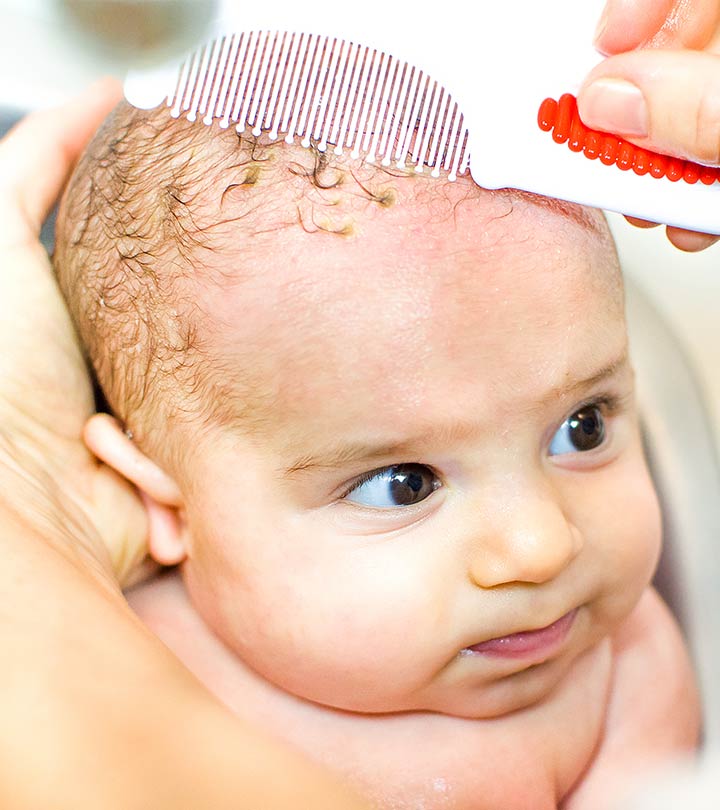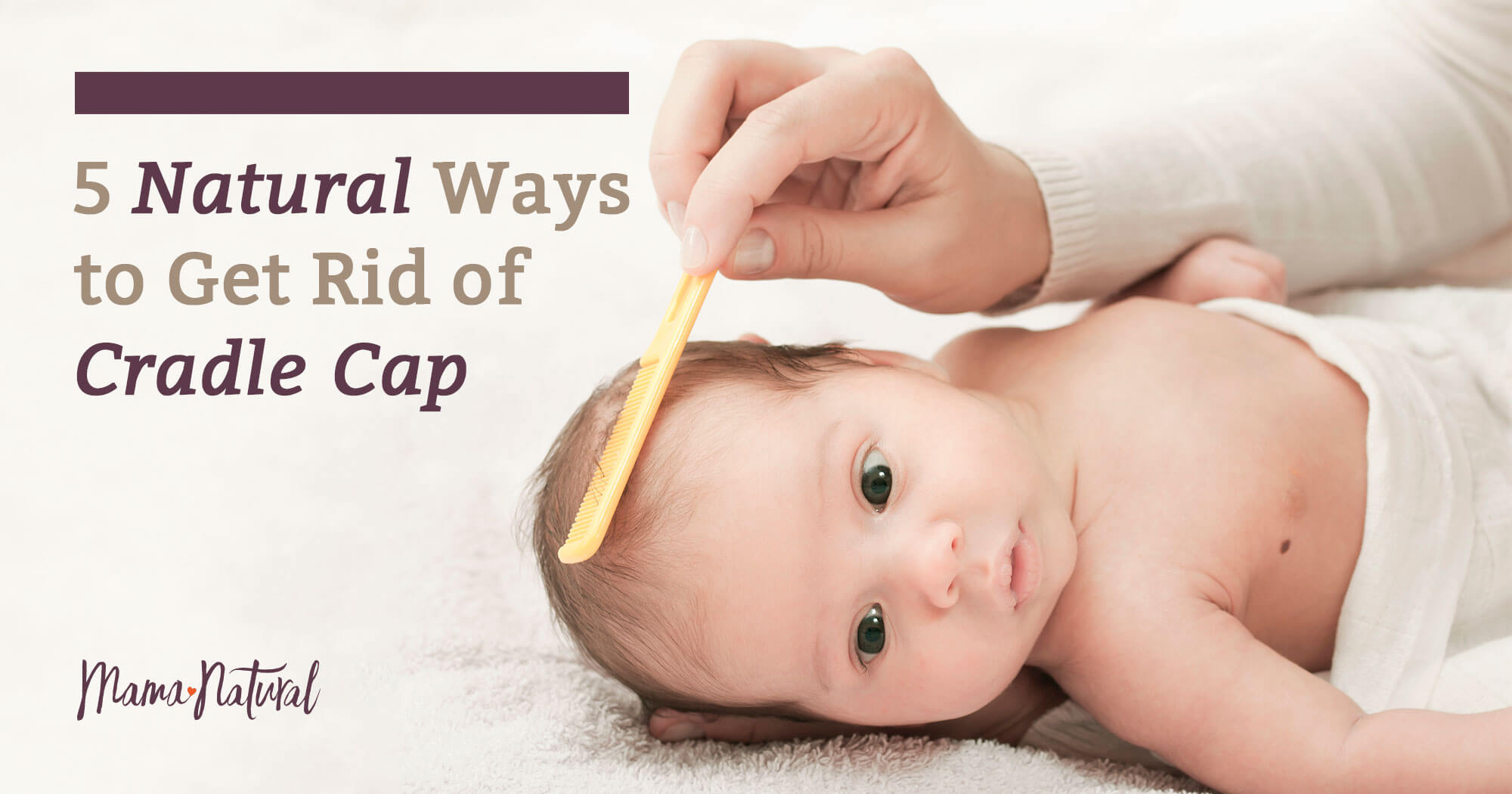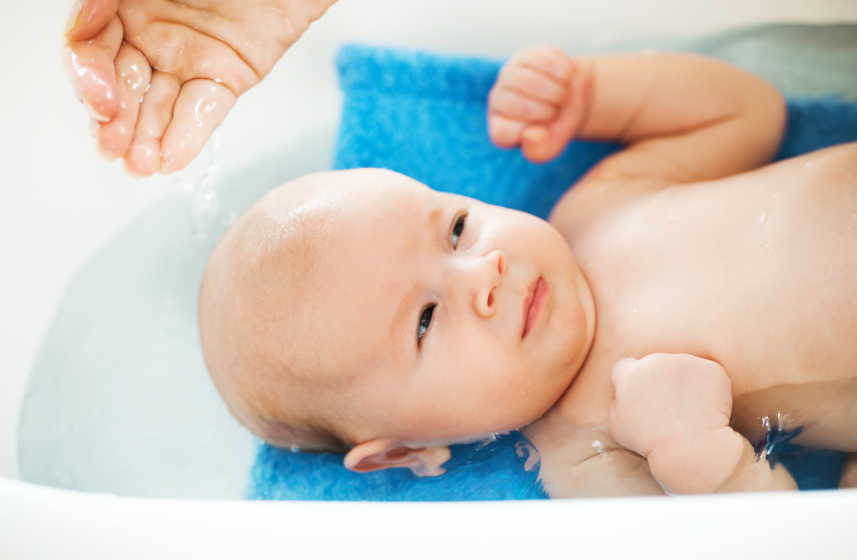Who Else Wants Tips About How To Treat Cradle Cap In Toddler

The role of an emollient in skin care is to soften, soothe, and heal dry, flaky skin.
How to treat cradle cap in toddler. Even if you don’t do anything, it should go away on its own with time. Babies between ages 3 weeks and 12 months are at greater risk of getting cradle cap. Studies have indicated shown that babies who have cradle cap often have a family member with conditions such as eczema and asthma.
This oily rash on your baby's scalp is called cradle cap. It's a type of seborrheic dermatitis that's found on the head. Gentle oils, massage, and shampooing will usually help the appearance of this benign condition.
If your little one develops cradle. Cradle cap usually starts between three. How to treat cradle cap at home.
Gently remove scales with a soft brush or toothbrush. It usually clears by itself within a few months of birth, as mum’s hormones leave your baby’s body. If the scales don't loosen easily, apply a small amount of.
You can usually get rid of it in a few simple steps. If you want to get rid of the. Cradle cap is a form of the skin condition seborrheic dermatitis.
Cradle cap doesn’t need to be treated. You don't want to irritate the scalp, which could lead to. It is a very common, harmless condition that doesn't usually itch.
1 2 3 4 long description, image 1. Cradle cap is scaly patches on a baby’s scalp. What should you do?
If your baby only has cradle cap, without rashes elsewhere on their body, they likely don’t need medical treatment. Things you can do to help with cradle cap do lightly massage an emollient (moisturiser) on to your baby's scalp to help loosen the scales. The problem will go away over time.
Care at home cradle cap usually gets better on its own without treatment. What is the treatment for cradle cap? Doctors don’t know exactly what.
Learn how to get rid of cradle cap at home. Cradle cap is the name given to the yellowish, greasy scaly patches that appear on the scalp of young babies. It could be a condition known as cradle cap.

















